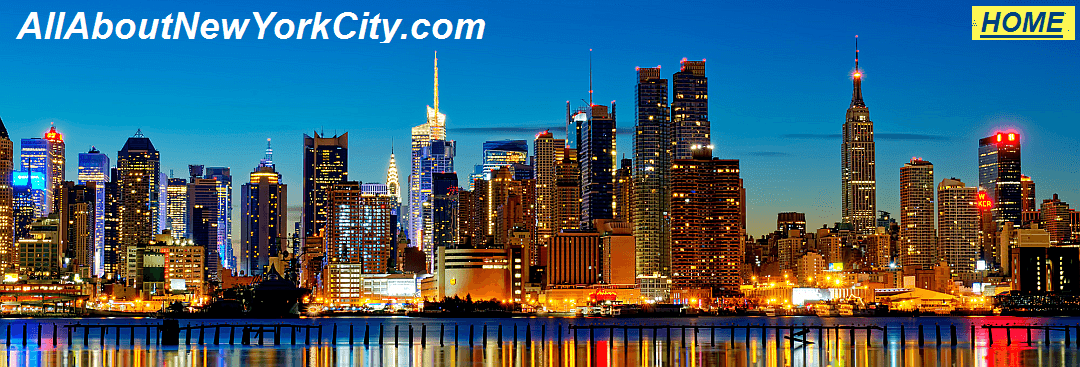| |
Vehicle Tunnels |
| |
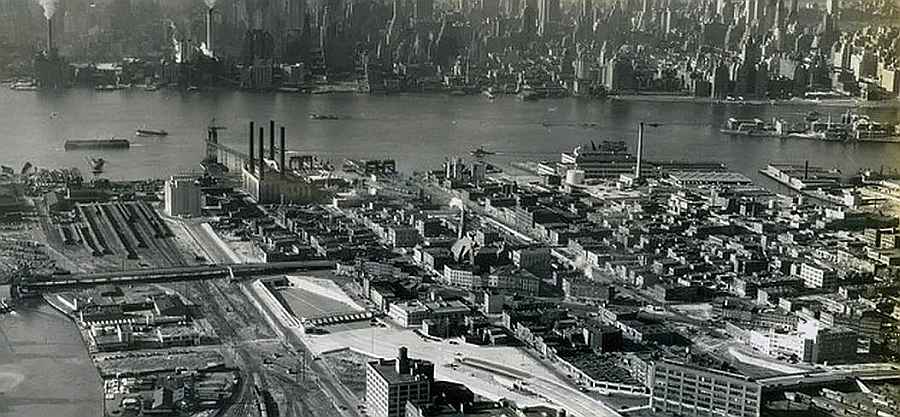 |
| Queens Midtown Tunnel - The Queens Midtown Tunnel was opened in 1940 by the New York City Tunnel Authority to relieve traffic congestion on the city's East River bridges. One of the largest public works projects of the New Deal era, it represented the most advanced tunnel engineering techniques of its day. |
| |
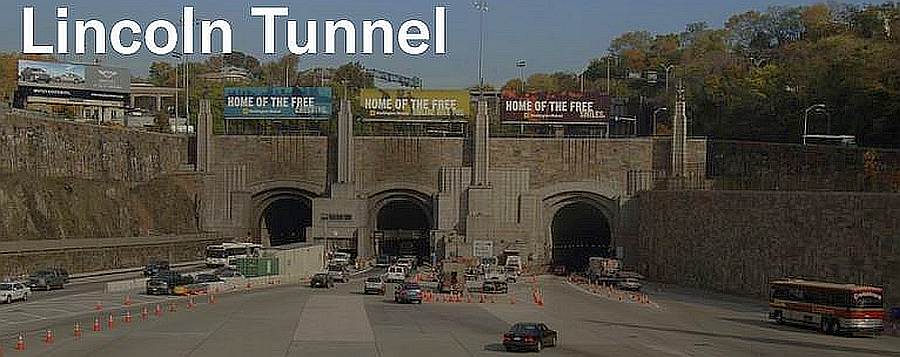 |
The Lincoln Tunnel connects midtown Manhattan to Weehawken New Jersey.
An engineering marvel. The first tube of the Lincoln Tunnel-the center tube-opened to traffic on December 22, 1937. The north and south tubes opened on February 1, 1945, and May 25, 1957, respectively. |
| |
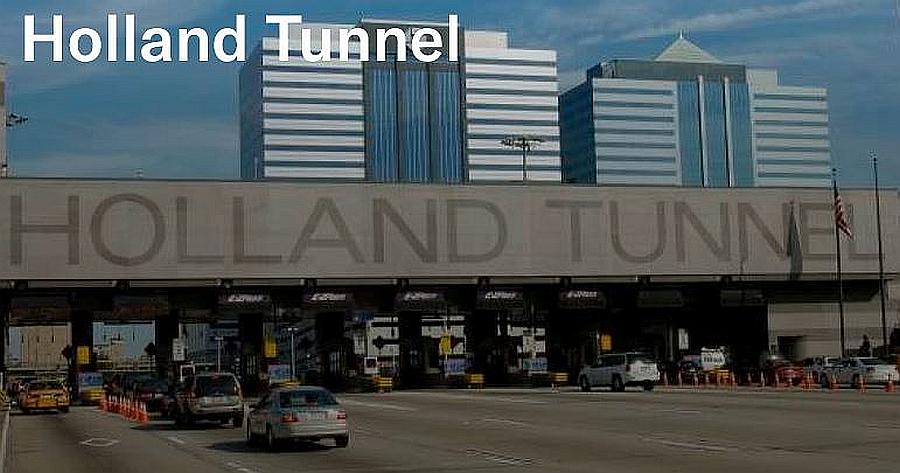 |
Holland Tunnel - The landmark tunnel connecting lower Manhattan and Jersey City.
|
| In 1920 the New Jersey Interstate Bridge and Tunnel Commission and the New York State Bridge and Tunnel Commission appropriated funds and began construction on what was then referred to as the Hudson River Vehicular Tunnel. Opening in 1927 the tunnel was the first Hudson River vehicular crossing. The Holland Tunnel connects Canal Street in Manhattan with 12th and 14th streets in Jersey City, NJ, and is considered an outstanding engineering achievement. |
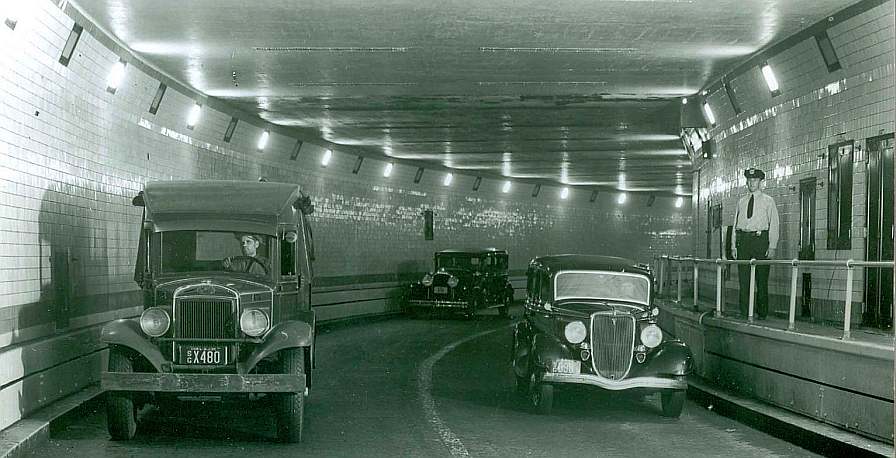 |
Holland Tunnel |
| |
 |
Holland Tunnel |
| |
 |
| Brooklyn Battery Tunnel
- When the Hugh L. Carey Tunnel (formerly Brooklyn-Battery Tunnel) opened in 1950, it was the longest continuous underwater vehicular tunnel in North America at over 9,100 feet long. It still is.
Two ventilation buildings in lower Manhattan, a third near the Brooklyn portal, and a fourth just off Governors Island provide a complete air change in the tunnel every one and a half minutes. The Battery Parking Garage in Manhattan was built as part of the tunnel project.
The Manhattan end of the tunnel leads to the Wall Street area, the South Street Seaport, City Hall/Civic Center, Battery Park City, the World Trade Center site, and the World Financial Center. Construction was begun by the New York City Tunnel Authority in 1940. The Battery Tunnel connects Red Hook in Brooklyn with Battery Park in Manhattan and flows underneath the East River. |
| |
|
| |
The are also four East River Tunnels for trains. They are four single-track railroad tunnels that extend from the eastern end of Pennsylvania Station under 32nd and 33rd Streets in Manhattan and cross the East River to Long Island City in Queens. The tracks carry Long Island Rail Road (LIRR) and Amtrak trains travelling to and from Penn Station and points to the north and east. The tracks also carry New Jersey Transit trains deadheading to Sunnyside Yard. They are part of Amtrak's Northeast Corridor, used by trains traveling between New York City and New England via the Hell Gate Bridge.
820,000 people and 450 trains pass under the Hudson River through these tunnels every day. |
| |
|
| |
